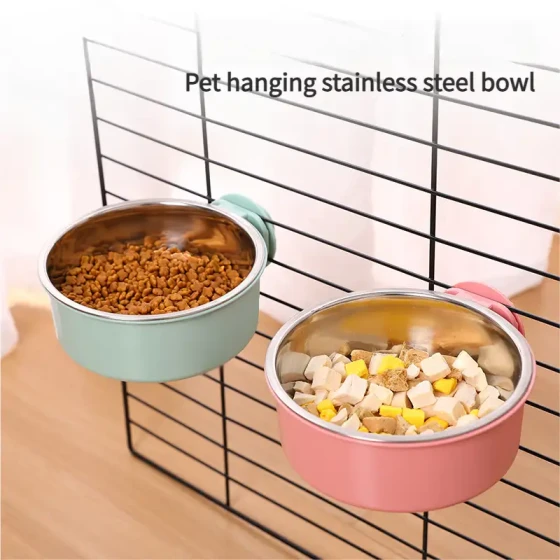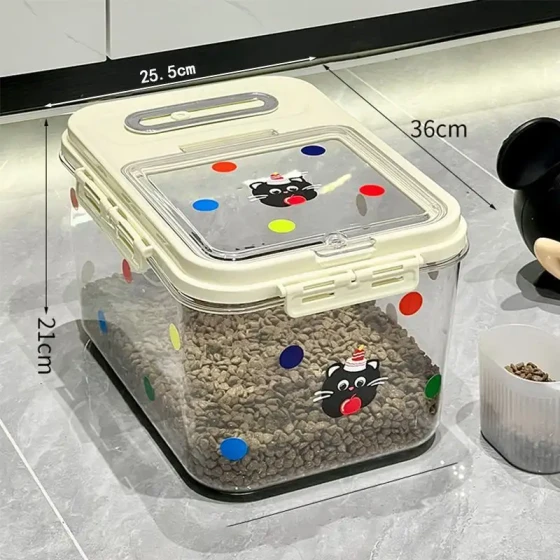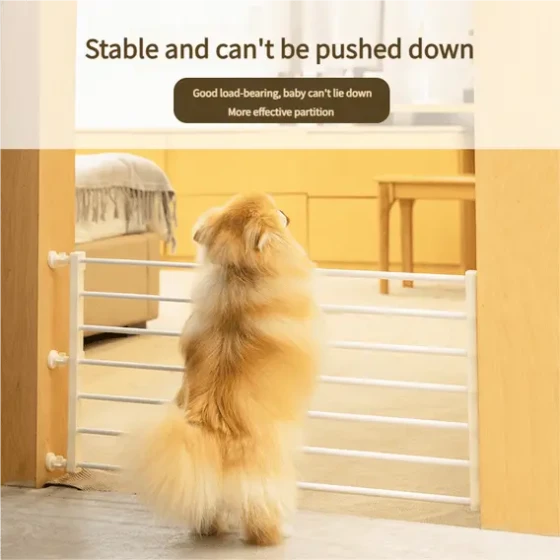How to Teach Dogs to Use the Toilet? It All Depends on Patient and Effective Training
Every living creature has excretion needs. When humans are young, adults teach children some habits about how to use the toilet, and dogs are no exception. In our lives, I am sure no pet owner can allow their pet dog to relieve itself anywhere in the house. This not only increases our daily cleaning work but also causes dogs to develop bad living habits! When we buy these pet dogs, we always first teach them how to relieve themselves in a designated area. However, while teaching them, we should also summarize some experience and specific methods. So how should we teach them?
First: We select a spot inside the toilet at home as the dog's daily toileting place. When you bring it home, it is inevitable that it will relieve itself anywhere. At this time, we can use a cloth or tissue to dab its excrement and then place it in the previously selected spot in the toilet. Because dogs have a very sensitive sense of smell, when it smells the scent of its excrement in a certain place in the toilet, it will next go to that place to relieve itself. Of course, this is a long-term process. After the dog relieves itself in the toilet, owners can give it some rewards or encouragement, so it will remember and gradually develop the habit of relieving itself in the toilet!
The second method: At the beginning of training, we must pay particular attention to the dog's behavior. When we notice the dog stays still or circles around a place, it is very likely about to urinate. At this time, as owners, we should guide the dog to the designated place to relieve itself. Over time, it will develop a good habit.
One more point we cannot ignore is that training dogs to use the correct place for toileting is closely related to their age. We should start teaching them when they are young; it will be much more effective than training them when they are older. Besides these, as owners, we should also carefully observe which specific time periods they tend to relieve themselves, so we can better guide them. During the teaching process, the caregiver must be very patient in educating them and must not hit or scold them, as this will be counterproductive.





